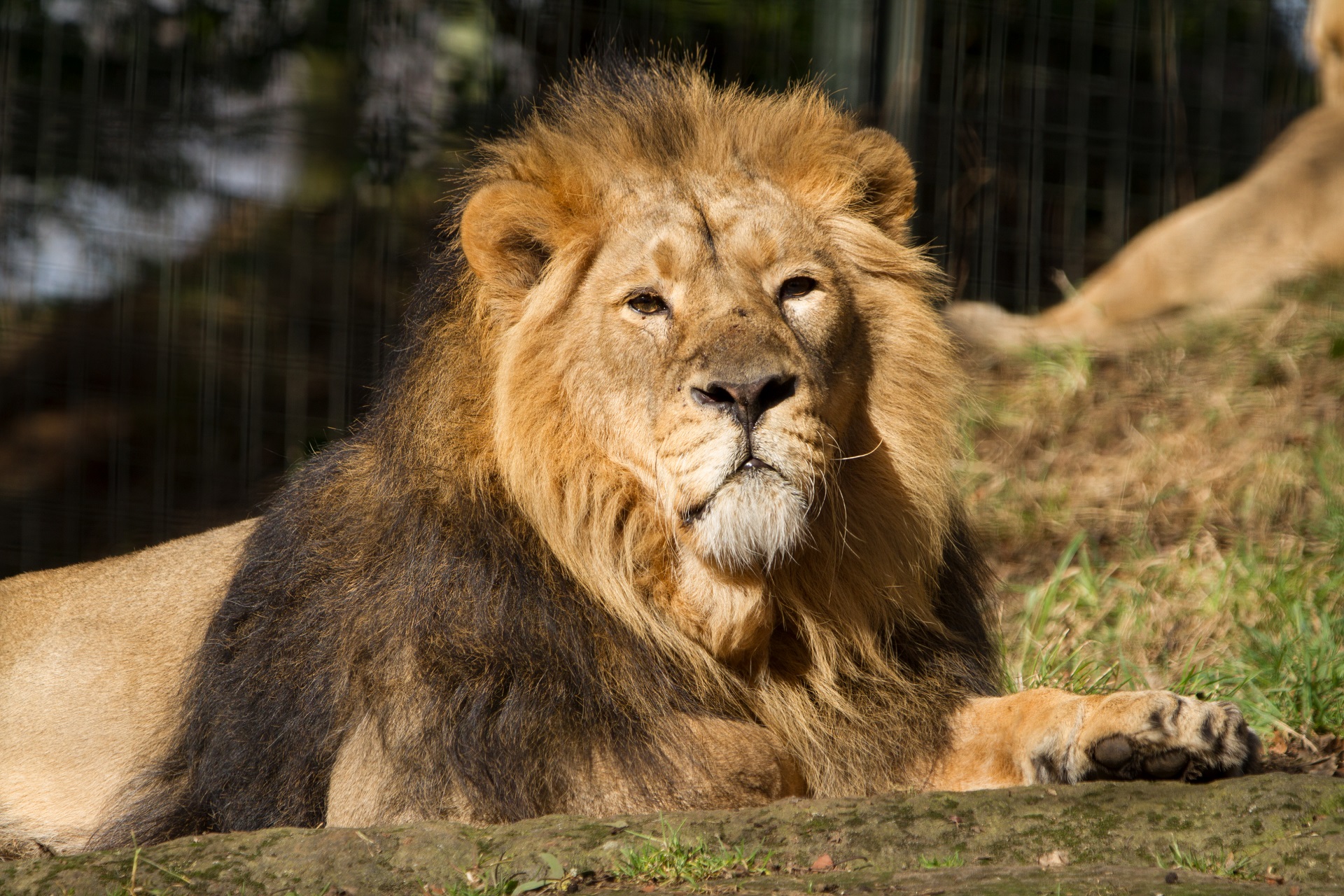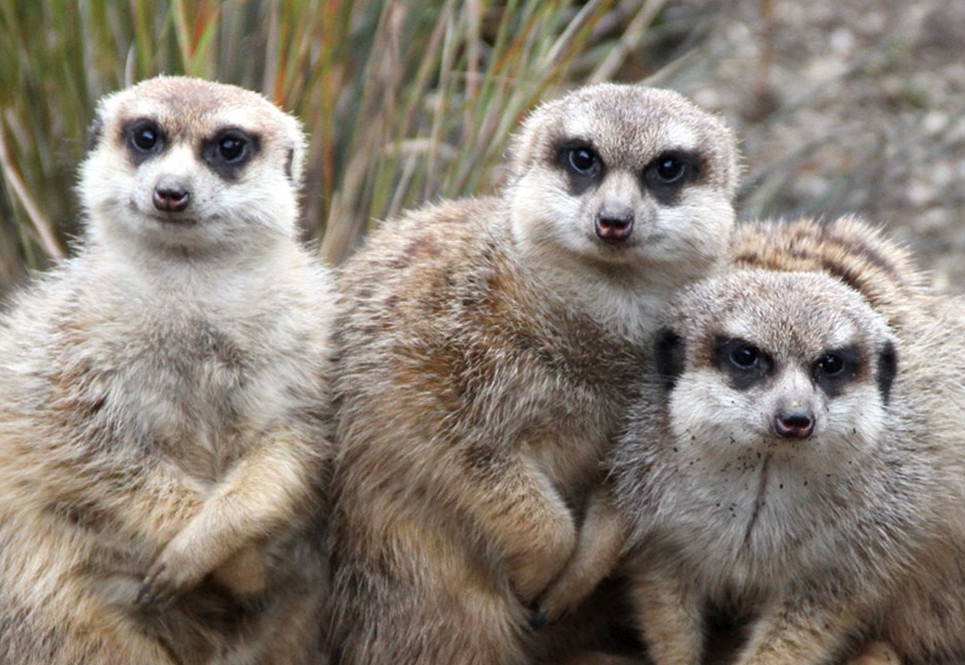Asiatic lion
Panthera leo persicus
.jpg)
There are two Asiatic lions here at Edinburgh Zoo – Jayendra (Jay) who was born in 2010 and moved here in 2012 from Bristol Zoo, and Bindee who joined us from Parc Zoologique et Botanique de Mulhouse in 2024.
It is estimated that just 600 Asiatic lions remain in the wild and they are only found in a single area, the Gir Forest in Gujarat, India, which makes them especially vulnerable to a disease outbreak or natural disaster.
Asiatic lions used to range from Turkey, across Asia, to eastern India, but the rise of firearms across the world meant that they were hunted to near-extinction for sport.
The male Asiatic lion has a relatively short, sparse and darker mane compared to the fuller mane of the African lion. As a result, the male Asiatic lion's ears tend to remain visible at all times.
Today, the remaining wild lions are vulnerable to disease, disaster and potential poaching, and have to live alongside a growing human population that also needs the land for cattle and crops.
Population
Decreasing
Diet
Carnivore
Habitat
Rainforest
Fact file
Asiatic lions are only active for about four hours a day, they spend the rest of their time sleeping or at rest
In the wild these lions will live for between 16-18 years
The top speed of an Asiatic lion is 35mph
Only 600 of these incredible but endangered big cats remain in the wild, in an area smaller than Lothian
A lion's roar is the loudest of all big cats, reaching up to 114 decibels at a distance of one meter. It can be heard from as far as five miles away!
Latest Asiatic lion news

Keep up with our lions
Lions are generally active at night and prefer to rest during the day so you will most likely find Jay snoozing on the camera!
Watch our lion live.jpg)
How we're helping
Wild populations of Asiatic lions are in decline due to habitat loss and degradation. Here at RZSS, our lions are part of the European Endangered Species Programme (EEP) which ensures a healthy and genetically diverse population.
Like all the animals in our care, our lions are amazing ambassadors for their relatives in the wild and help hundreds of thousands of people connect with nature every year. They encourage visitors to learn about the threats facing wildlife and the action they can take to help create a world where nature is protected, valued, and loved.
As a wildlife conservation charity, we care for the animals here at the zoo and work to protect species at risk around the world. From providing expertise in genetics and veterinary health to protecting wild places with local conservation partners, and even restoring threatened species to the wild, we are active where we are needed most.
Find out more about RZSS conservation

